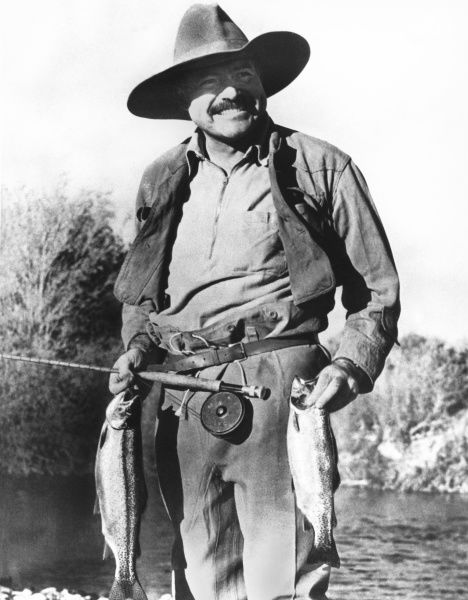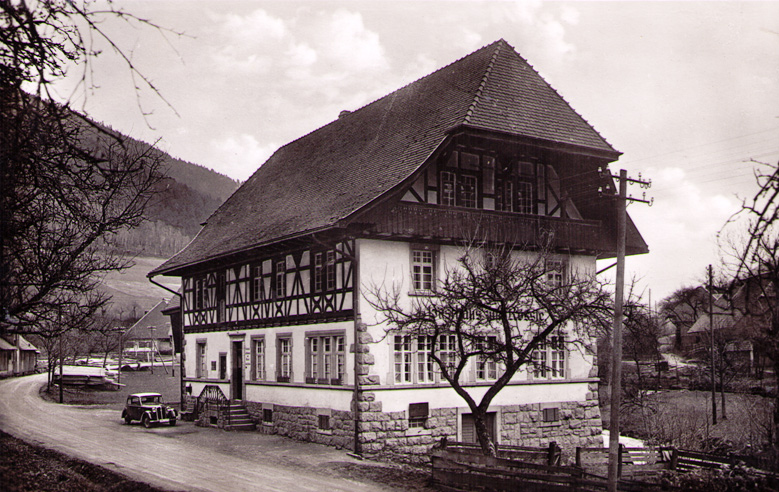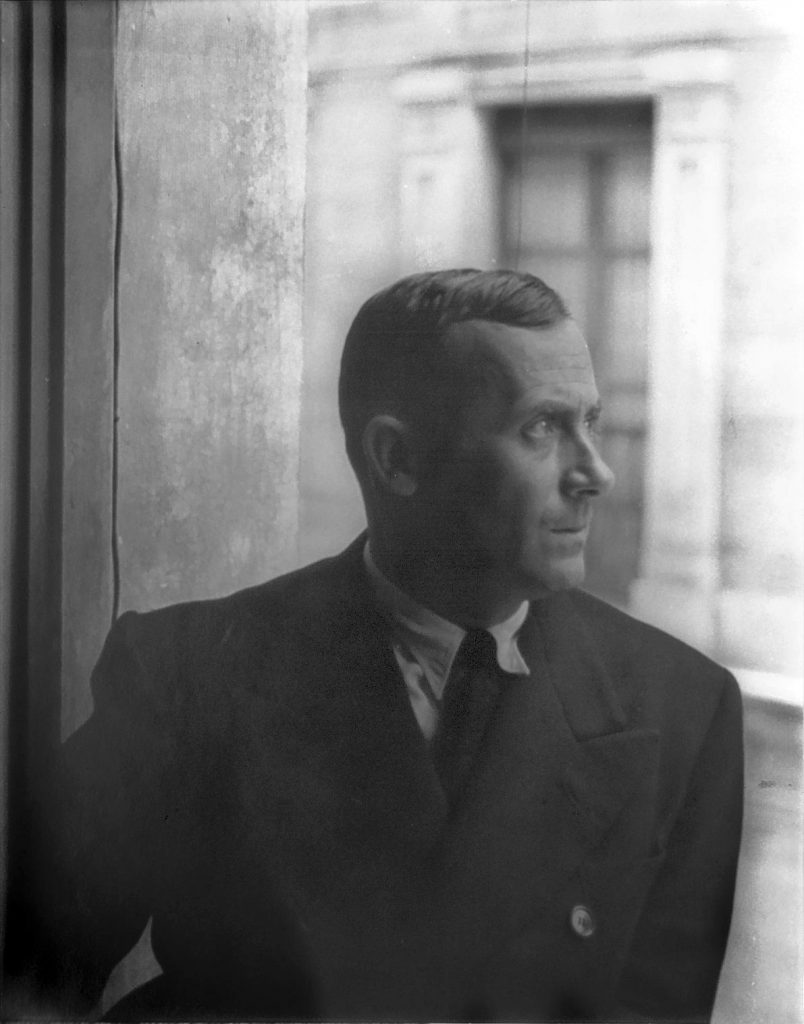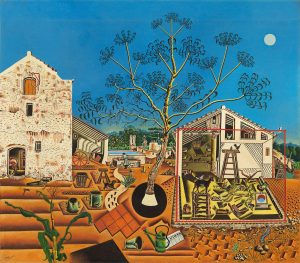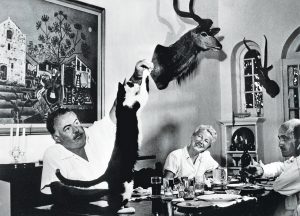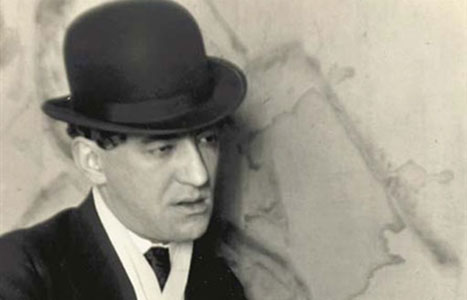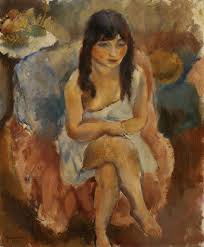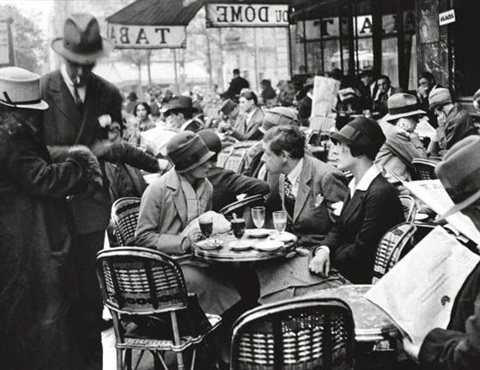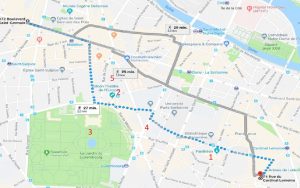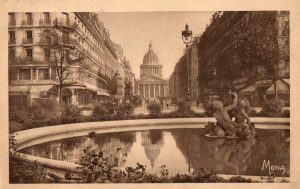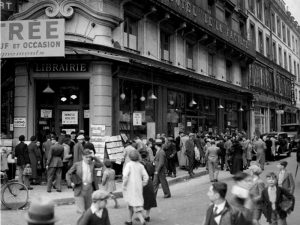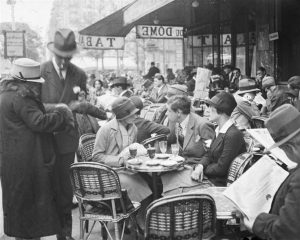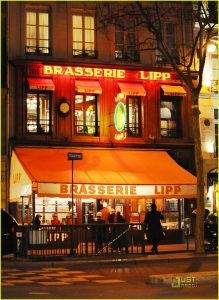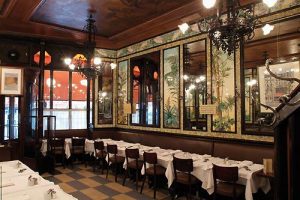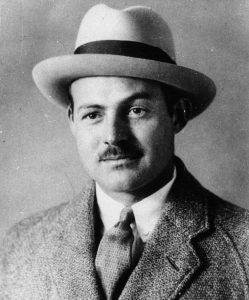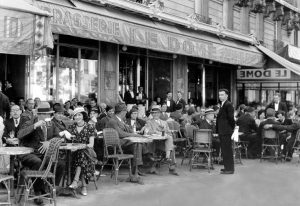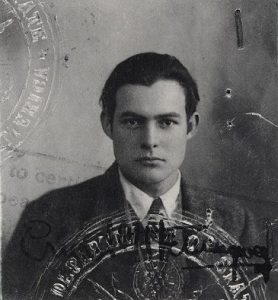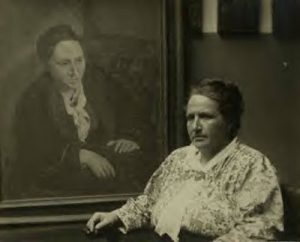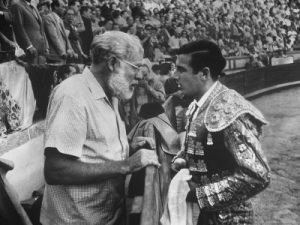When Hemingway and his (first) wife Hadley arrived in Paris he wasn’t famous yet. Next to writing short stories, he was writing journalism – as he called it – to be able to pay the bills. That and the money from Hadley’s trust would keep them afloat. Maybe even more than afloat, because soon Hemingway decided to quit journalism and pursue a career as a fulltime fiction writer. This of course made their financial situation less bright and needless to say there wasn’t any money to buy books (Let me just add here that Hemingway’s financial situation in those days haven’t been very clear. In A Moveable Feast he alleged that they had very little money, but also tells us that he rented a room in a nearby hotel that he used as a place to write. Surely if money was that tight, they wouldn’t dream of spending it on a hotel room).
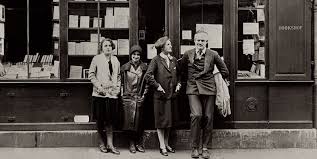
Hemingway Found this bookstore on 12 Rue dÓdeon, called Shakespeare & Company that also had a booklending service and more or less co-functioned as a public library (for its members). The owner Sylvia beach already had gained some name in the literature scene of the left bank as the publisher of James Joyce’s Ulysses. The bookstore itself was regarded as one of the gathering points of the writers that lived in Paris at that time. Apart from Joyce and Hemingway other regulars included D.H Lawrence, Ezra Pound, T.S. Eliot and Man Ray.
So, what books did Hemingway lend? According to the man himself his first batch contained books by Turgenev, Dostoyevsky and D.H Lawrence. That and two volumes of A Sportsman’s Sketches.
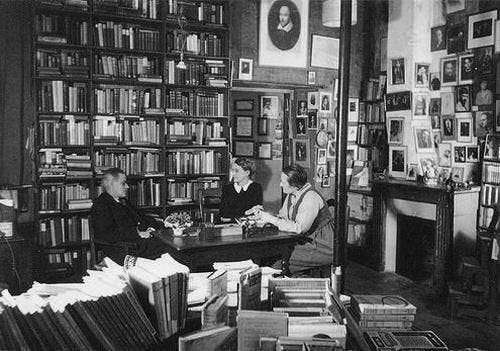
Shakespeare & Company and Sylvia Beach have long gone from 12 Rue d’Odeon. There is now some kind of bookshop for tourists close to the Seine with the same name, cashing in on history. At the address is now what appears to be a garment store. Well, everything changes and the writers and artists of the left bank have left too and the bookstore has vanished, but it is nice to know that such a place existed and that Hemingway used it to get his books. Afterall, he needed to read when he was writing, so his subconscious could work on his stories while not thinking about them.
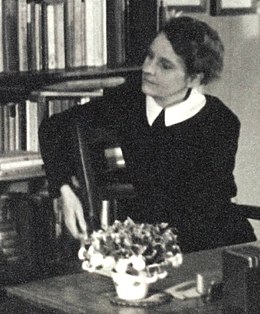
Let’s end with what Hemingway himself said about Sylvia Beach: “No one that I ever knew was nicer to me.“

